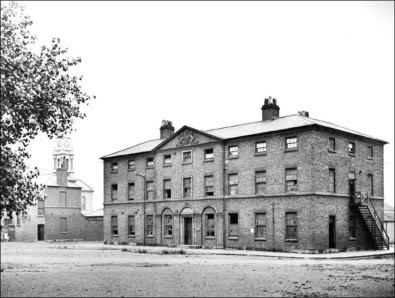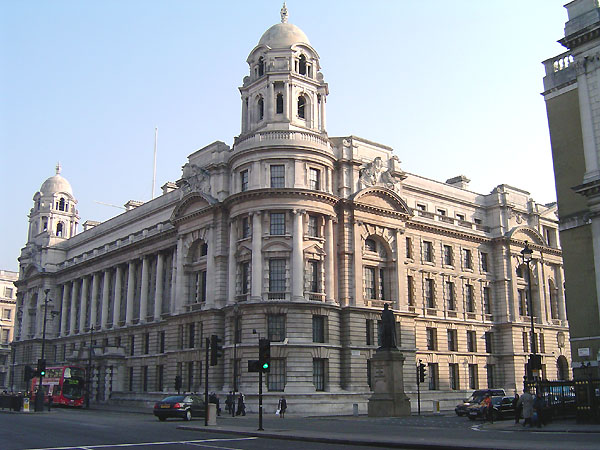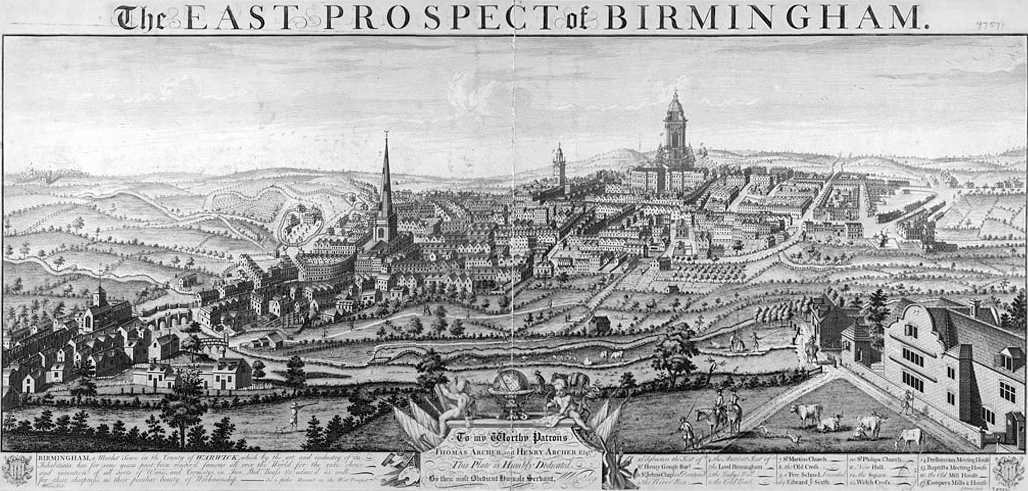|
Duddeston Barracks
Duddeston Barracks was a military installation in Great Brook Street, Duddeston, Birmingham, England. History The barracks were commissioned as part of the response to the Priestley Riots; they were designed by John Rawsthorne and completed in 1793. Although intended for cavalry regiments, they were used by the Royal Horse Artillery from 1878 and became the home of 1st South Midland Field Ambulance during the First World War World War I or the First World War (28 July 1914 – 11 November 1918), also known as the Great War, was a World war, global conflict between two coalitions: the Allies of World War I, Allies (or Entente) and the Central Powers. Fighting to .... The barracks were demolished in 1932 and the site is now occupied by the maisonettes of the Ashcroft Estate. References {{reflist Barracks in England Installations of the British Army ... [...More Info...] [...Related Items...] OR: [Wikipedia] [Google] [Baidu] |
Duddeston
Duddeston is an inner-city area of the Nechells ward of central Birmingham, England. It was part of the Birmingham Duddeston constituency until that ceased to exist in 1950. Etymology The name ''Duddeston'' comes from ''Dud's Town'', with Dud being the Saxon proprietor, Lord of Dudley who probably had a seat in Duddeston. History Duddeston is first mentioned in a charter granted to Wulfget the Thane by Eadgar, King of the Angles in 963. There is no mention of Duddeston for another 200 years until it said that the Holte family were the residents of Duddeston Manor, a large house located next to the River Rea. This had been purchased by the family in 1365 by the family who also owned the manor of Nechells and were related to a prominent family in Erdington. Their wealth of land expanded two years later when the manor of Aston was bestowed upon them. One hundred years later, Thomas Holte became the Chief Justice of Wales and a close friend of King Henry VIII. In 1546, Thomas ... [...More Info...] [...Related Items...] OR: [Wikipedia] [Google] [Baidu] |
War Office
The War Office has referred to several British government organisations throughout history, all relating to the army. It was a department of the British Government responsible for the administration of the British Army between 1857 and 1964, at which point its functions were transferred to the new Ministry of Defence (United Kingdom), Ministry of Defence (MoD). This article contains text from this source, which is available under th Open Government Licence v3.0 © Crown copyright It was equivalent to the Admiralty (United Kingdom), Admiralty at that time, which was responsible for the Royal Navy (RN), and (much later) the Air Ministry, which oversaw the Royal Air Force (RAF). The name 'Old War Office' is also given to the former home of the department, located at the junction of Horse Guards Avenue and Whitehall in central London. The landmark building was sold on 1 March 2016 by HM Government for more than British pound, £350 million, on a 250-year lease for conversion int ... [...More Info...] [...Related Items...] OR: [Wikipedia] [Google] [Baidu] |
Birmingham
Birmingham ( ) is a City status in the United Kingdom, city and metropolitan borough in the metropolitan county of West Midlands (county), West Midlands, within the wider West Midlands (region), West Midlands region, in England. It is the List of English districts by population, largest local authority district in England by population and the second-largest city in Britain – commonly referred to as the second city of the United Kingdom – with a population of million people in the city proper in . Birmingham borders the Black Country to its west and, together with the city of Wolverhampton and towns including Dudley and Solihull, forms the West Midlands conurbation. The royal town of Sutton Coldfield is incorporated within the city limits to the northeast. The urban area has a population of 2.65million. Located in the West Midlands (region), West Midlands region of England, Birmingham is considered to be the social, cultural, financial and commercial centre of the Midland ... [...More Info...] [...Related Items...] OR: [Wikipedia] [Google] [Baidu] |
Royal Horse Artillery
The Royal Horse Artillery (RHA) was formed in 1793 as a distinct arm of the Royal Regiment of Artillery (commonly termed Royal Artillery) to provide horse artillery support to the cavalry units of the British Army. Although the cavalry link remained part of its defining character, as early as the Battle of Waterloo the RHA was sometimes deployed more along the lines of conventional field artillery, fighting from comparatively fixed positions. The Royal Horse Artillery, currently consists of three regiments, (1st Regiment Royal Horse Artillery, 1 RHA, 3rd Regiment Royal Horse Artillery, 3 RHA and 7th Parachute Regiment Royal Horse Artillery, 7 RHA) and one ceremonial unit (King's Troop, Royal Horse Artillery). Almost all the batteries of the Royal Horse Artillery have served continuously since the French Revolutionary Wars or Napoleonic Wars, except the King's Troop, created in 1946, and M Battery Royal Horse Artillery, M Battery, which was 'reanimated' in 1993. Horses are still ... [...More Info...] [...Related Items...] OR: [Wikipedia] [Google] [Baidu] |
Royal Army Medical Corps
The Royal Army Medical Corps (RAMC) was a specialist corps in the British Army which provided medical services to all Army personnel and their families, in war and in peace. On 15 November 2024, the corps was amalgamated with the Royal Army Dental Corps and Queen Alexandra's Royal Army Nursing Corps to form the Royal Army Medical Service. History Origins Medical services in the British armed services date from the formation of the British Army#The Founding of the Army, Standing Regular Army after the English Restoration, Restoration of Charles II of England, Charles II in 1660. Prior to this, from as early as the 13th century there are records of surgeons and physicians being appointed by the English army to attend in times of war; but this was the first time a career was provided for a Medical Officer (MO), both in peacetime and in war. For much of the next two hundred years, army medical provision was mostly arranged on a regimental basis, with each battalion arranging its o ... [...More Info...] [...Related Items...] OR: [Wikipedia] [Google] [Baidu] |
World War I
World War I or the First World War (28 July 1914 – 11 November 1918), also known as the Great War, was a World war, global conflict between two coalitions: the Allies of World War I, Allies (or Entente) and the Central Powers. Fighting took place mainly in European theatre of World War I, Europe and the Middle Eastern theatre of World War I, Middle East, as well as in parts of African theatre of World War I, Africa and the Asian and Pacific theatre of World War I, Asia-Pacific, and in Europe was characterised by trench warfare; the widespread use of Artillery of World War I, artillery, machine guns, and Chemical weapons in World War I, chemical weapons (gas); and the introductions of Tanks in World War I, tanks and Aviation in World War I, aircraft. World War I was one of the List of wars by death toll, deadliest conflicts in history, resulting in an estimated World War I casualties, 10 million military dead and more than 20 million wounded, plus some 10 million civilian de ... [...More Info...] [...Related Items...] OR: [Wikipedia] [Google] [Baidu] |
Barracks In England
Barracks are buildings used to accommodate military personnel and quasi-military personnel such as police. The English word originates from the 17th century via French and Italian from an old Spanish word 'soldier's tent', but today barracks are usually permanent buildings. The word may apply to separate housing blocks or to complete complexes, and the plural form often refers to a single structure and may be singular in construction. The main objective of barracks is to separate soldiers from the civilian population and reinforce discipline, training, and ''esprit de corps''. They have been called "discipline factories for soldiers". Like industrial factories, some are considered to be shoddy or dull buildings, although others are known for their magnificent architecture such as Collins Barracks in Dublin and others in Paris, Berlin, Madrid, Vienna, or London. From the rough barracks of 19th-century conscript armies, filled with hazing and illness and barely differentiated f ... [...More Info...] [...Related Items...] OR: [Wikipedia] [Google] [Baidu] |



